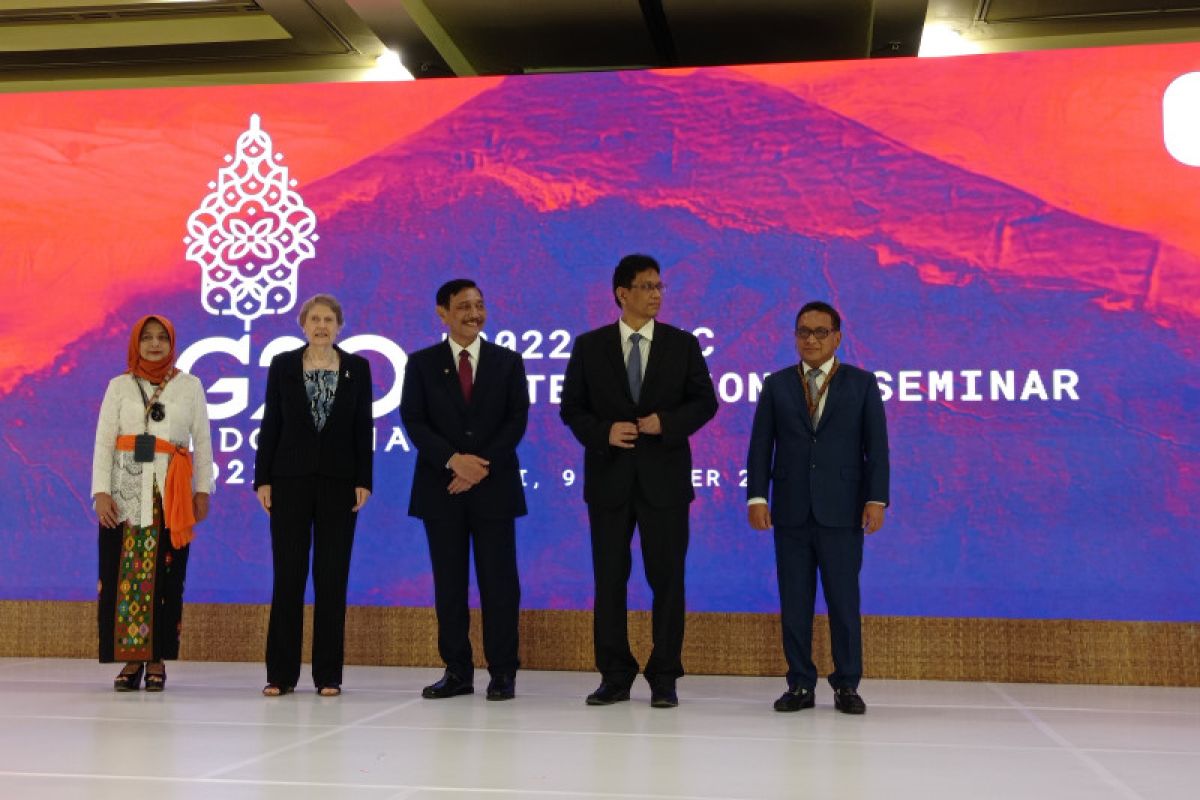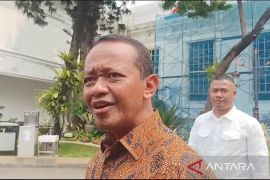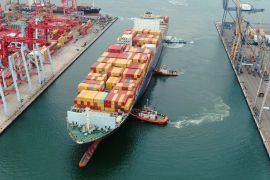"Today, our per capita income is reaching US$4 thousand per year, and we hope the value will increase to around US$10 thousand per year by 2030," he added at an international seminar organized by the Indonesian Deposit Insurance Corporation (LPS) in Nusa Dua, Bali, on Wednesday.
Thus, Indonesia's economic growth per year will need to be around 5.5 to 6.5 percent.
To reach the target, Indonesia will continue its COVID-19 handling and economy recovery efforts amid various global challenges, Pandjaitan said.
Indonesia is also currently pushing economic transformation through downstreaming to create added value so that the transformation is not only based on commodities.
Related news: Indonesia needs above five-percent growth to become developed nation
Regarding the downstreaming of nickel for use in electric car batteries, Indonesia will start production no later than the third quarter of 2024 in collaboration with CATL or LG, he informed.
"We also continue to improve economic efficiency through digitalization. Indonesia has an electronic catalogue of MSMEs (micro, small, and medium enterprises) for government goods procurement," he said.
According to him, based on Statistics Indonesia's calculation, the use of MSME products for government procurement programs through the e-catalogue will add up to 2 million jobs and increase economic growth by 1.7 to 2.0 percent annually.
The government will also continue to distribute village funds that may reach up to Rp1 billion per year per village to maintain economic growth.
It will also mitigate the impacts of climate change through efforts to reduce carbon emissions and transition to affordable energy.
Related news: Digitalization transforms Indonesia into a developed country: BI
Related news: Indonesia must become developed country to get global attention: VP
Translator: Sanya Dinda, Raka Adji
Editor: Suharto
Copyright © ANTARA 2022












